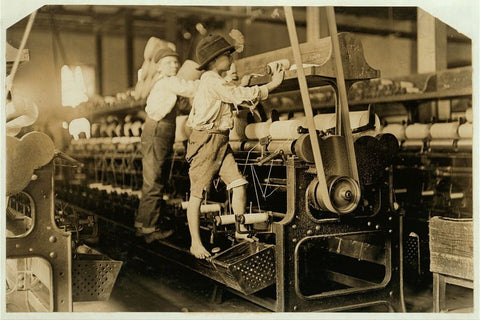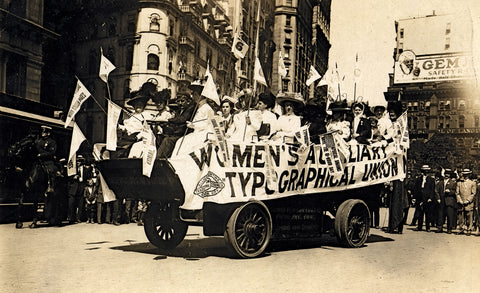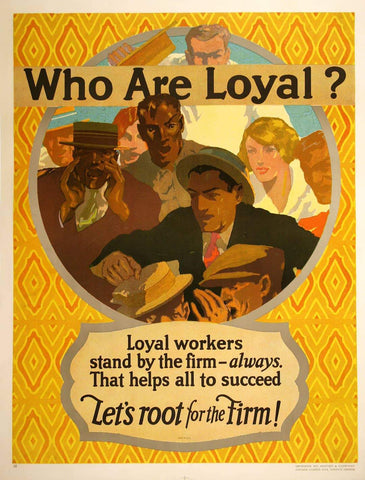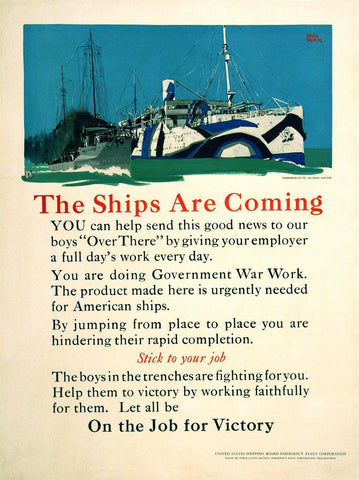Labor Day & Labor Movements in Posters
Posters have always been 'for the people'. The reason for that is simple; posters are visual devices that quickly and effectively communicate a message. Today, we're going to explore how posters have been used by workers, employers, and the government in the context of Labor Day.
While today most Americans associate Labor Day with outdoor barbecues and a goodbye to Summer, the holiday is an interesting history of unions, socialism, propaganda, and worker's rights. The Industrial Revolution of the late 1700s and early 1800s ushered in many wonderful things like the steam engine, affordable travel, and the growth of the middle class. It also created inequality in the new work place of factories, who were pushing for the most output possible.
By the 1880s, the average American worked 12 hours a day, six days a week. Child labor was prevalent throughout America, and dangerous work conditions led to untold injuries and deaths at the expense of the worker. Throughout the world, workers were shamelessly exploited and not happy about it.

Karl Marx and Friedrich Engels established the concept of socialism in 1848, which gained quick popularity within the Europe and the USA. In America, labor unions gained popularity and were able to help workers gain contracts and establish their rights with their employers. The first Labor Day parade was marched by 10,000 people in New York City on September 5, 1882 as a way to draw broad public awareness of the rights and struggles of American workers. The date was originally chosen randomly to give workers a break between the 4th of July and Thanksgiving.

Events like the Red Scare of 1919 pushed many labor unions in America to separate themselves from those in Europe and this is the reason Labor Day was established as a holiday that takes place in September, far away from the holiday of May Day. May Day, also known as International Worker's Day, was established in the USA in 1889. It was quickly adopted by socialist and communist labor movements in Europe, where it is still celebrated on May 1.
American labor unions' decision to separate from the more anarchistic movements of Europe by acts like making Labor Day its own (American) holiday allowed them to work with the US Government to establish federal workers rights. One big success of this was the passage of the Adamson Act of 1919, which established the 8 hour work day we have come to know so well.
Just how workers protesting for their rights often used hand made signs to demonstrate their message, factory owners used printed posters to advocate for their business. Messages about increasing productivity, resisting striking, and staying safe were commonly plastered both inside the workplace as well as on the streets in industrial parts of town. We have an entire series of 1927 posters that were created for this purpose by the Mather company, out of Chicago. Click here to see the whole collection.
During WWI, there was a clear line drawn by the US Gov't between war production at home and success on the battlefield. This poster by Adolph Treidler illustrates the point; click on the image to learn more about it.


As WWII became more and more of an arms race, factory jobs in the US became crucial. Thousands of posters were created to encourage not only undrafted men but also women to join the work force and help increase production of machinery and weapons to be used in battle. Click here to see all of our WWII posters currently in stock.
While the heyday of the labor union in American began to wane following the end of WWII, they still play a crucial role in our economy and politics.








